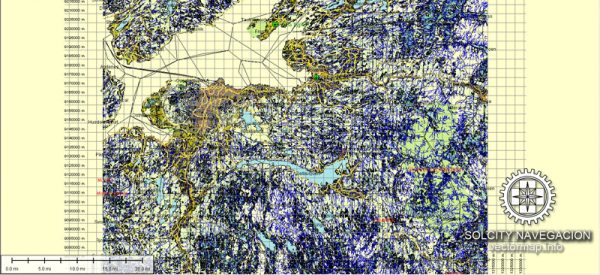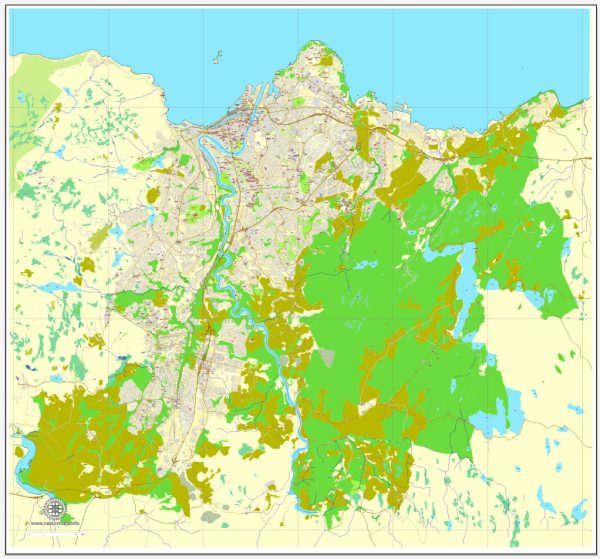Trondheim, located in central Norway, is one of the country’s oldest cities and has a rich history of urban development that spans over a millennium. Here’s an overview of the key phases in Trondheim’s urban evolution:
Viking Age and Early Settlement:
Trondheim, originally called Nidaros, was founded by Viking King Olav Tryggvason around 997 AD. The city served as the capital of Norway during the Viking Age. The construction of Nidaros Cathedral began in the 11th century and played a crucial role in shaping the city’s identity.
Medieval Period:
In the Middle Ages, Trondheim continued to be a significant political, religious, and economic center. The city served as the coronation site for Norwegian kings, and Nidaros Cathedral became a major pilgrimage destination. Trade and commerce thrived, and the city expanded with the development of markets and trading posts.
Hanseatic Period:
During the 14th and 15th centuries, Trondheim was a member of the Hanseatic League, a powerful trading network. The city’s wharves and warehouses along the Nidelva River were central to its economic activities, contributing to its status as a Hanseatic trading post.
Reformation and Decline:
The Reformation in the 16th century brought changes to Trondheim, with the decline of the Catholic Church’s influence. The city faced economic challenges, and its role as the political center diminished with the establishment of Oslo as the new capital in 1299.
17th-18th Centuries:
Trondheim continued to be an important trade and administrative center in the 17th and 18th centuries. The city’s wooden buildings, many of which were reconstructed after fires, reflect the architecture of this period. The establishment of the Royal Norwegian Society of Sciences and Letters in 1760 added an academic dimension to Trondheim’s identity.
Industrialization and Modernization:
The 19th century brought industrialization to Trondheim. The development of sawmills, textile factories, and other industries contributed to economic growth. The expansion of the city’s infrastructure, including the railway, further connected Trondheim to other parts of Norway.
World War II:
Trondheim played a role in World War II, as it was occupied by German forces during the German occupation of Norway. The city’s strategic importance was evident in the construction of the German naval base, which is still visible today.
Post-War Period:
After the war, Trondheim experienced urban expansion and modernization. New residential areas were developed, and the city’s economy diversified. Educational institutions, including the Norwegian University of Science and Technology (NTNU), established in 1996, contributed to Trondheim’s status as a knowledge hub.
Contemporary Development:
Trondheim continues to evolve as a dynamic city with a mix of historical charm and modern amenities. The preservation of historic areas, such as Bakklandet with its colorful houses, coexists with contemporary urban planning and sustainable development initiatives.
Cultural and Technological Hub:
Trondheim has become known for its cultural festivals, museums, and events. The city’s focus on technology and innovation is evident through initiatives supporting research and development, particularly in areas like renewable energy and information technology.
Trondheim’s history of urban development reflects its enduring significance as a cultural, academic, and economic center, transitioning from its medieval roots to a modern city that embraces both its rich history and future-oriented initiatives.



 Author: Kirill Shrayber, Ph.D.
Author: Kirill Shrayber, Ph.D.